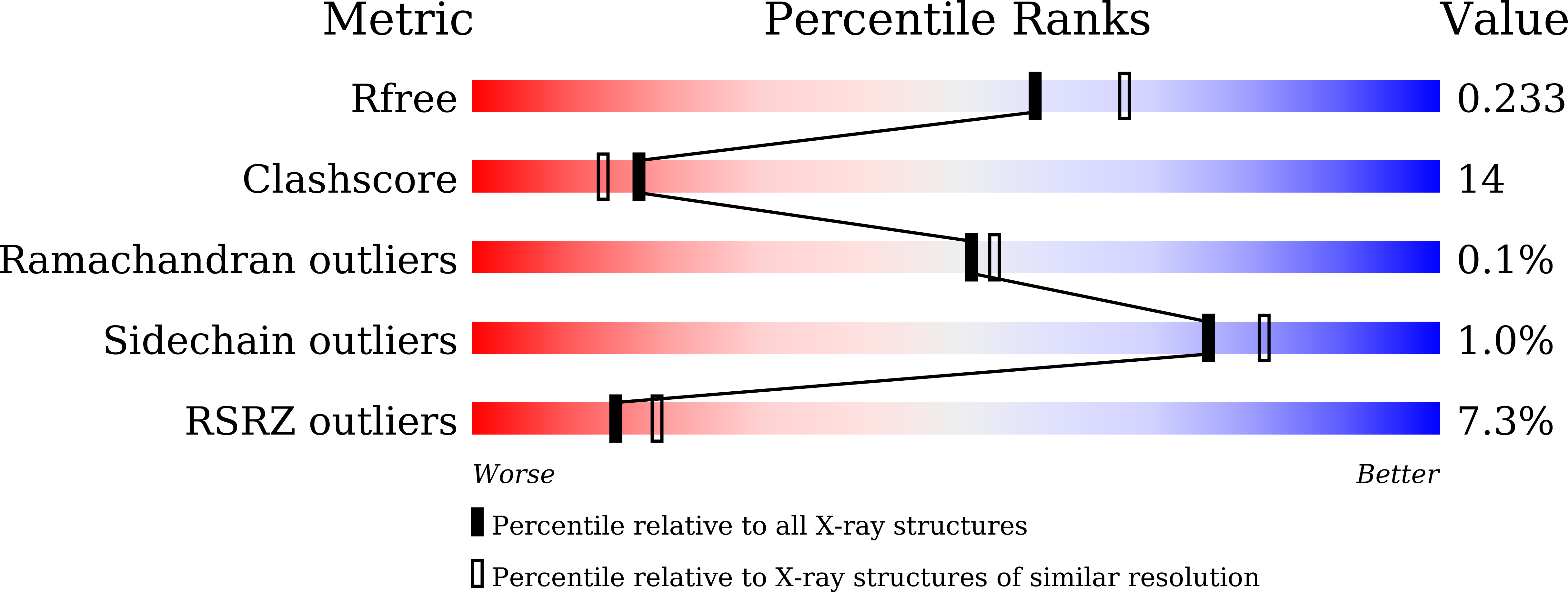
Deposition Date
2021-02-25
Release Date
2021-11-10
Last Version Date
2024-10-30
Entry Detail
PDB ID:
7E72
Keywords:
Title:
Crystal structure of Tie2-agonistic antibody in complex with human Tie2 Fn2-3
Biological Source:
Source Organism:
Homo sapiens (Taxon ID: 9606)
Host Organism:
Method Details:
Experimental Method:
Resolution:
2.09 Å
R-Value Free:
0.23
R-Value Work:
0.18
R-Value Observed:
0.18
Space Group:
P 1


